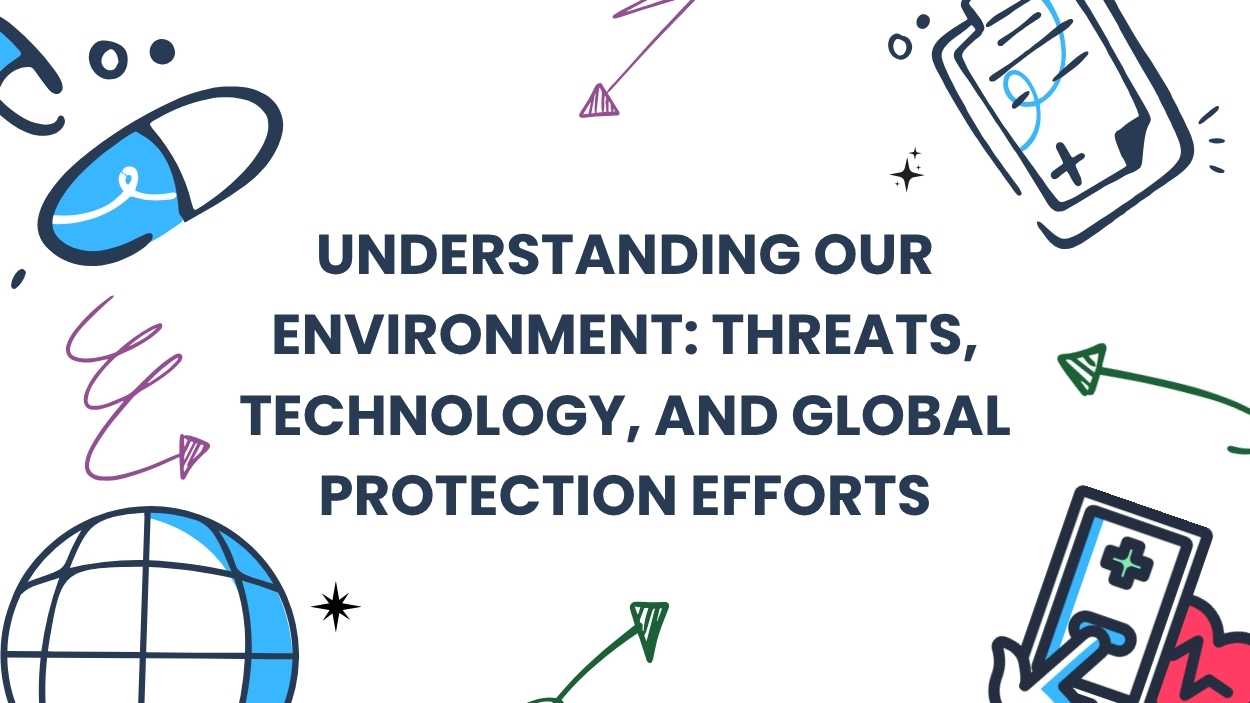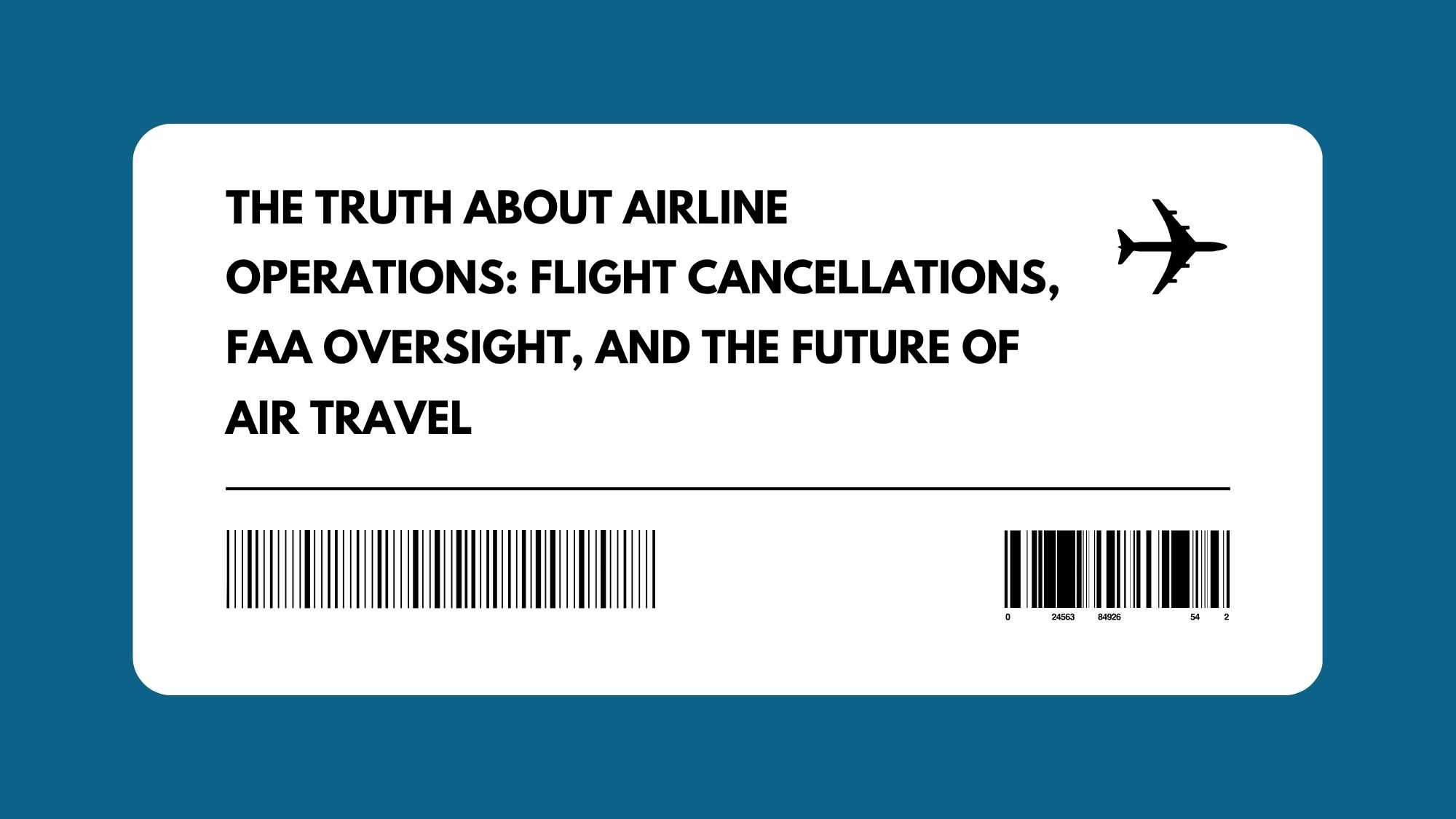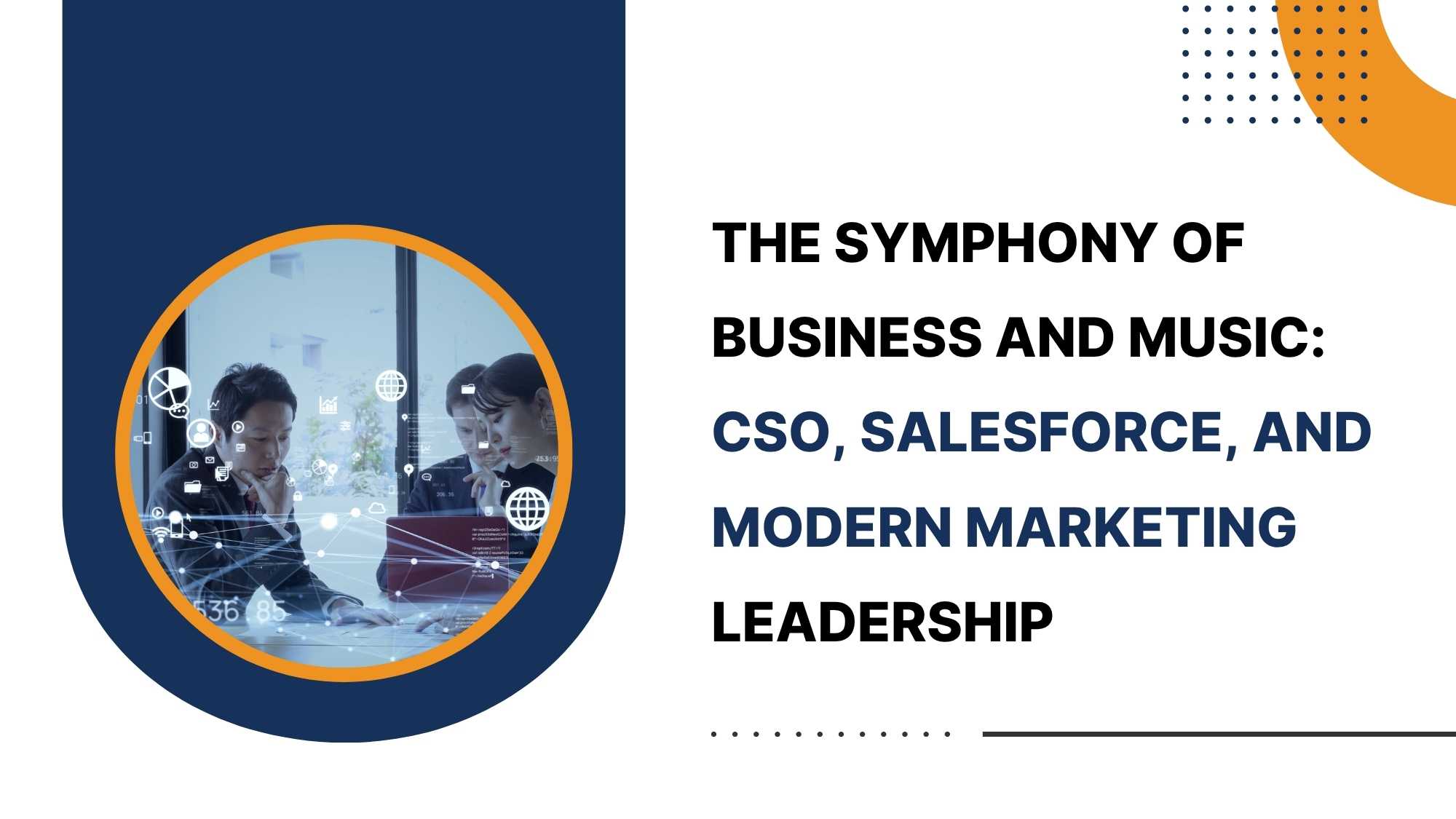We’ve all been there: staring at the loading icon, waiting for a website to fully render or a video to buffer. These seemingly insignificant moments of delay are a ubiquitous part of our online lives, often dismissed as mere annoyances. However, a closer look reveals that these brief pauses hold a surprising amount of significance, impacting not only our immediate experience but also shaping broader trends in web design and user behavior. The time we spend waiting, however fleeting, fundamentally alters our perception of the digital world.
The Psychology of the Wait
Our reaction to these delays is deeply rooted in psychology. Studies have shown that even short loading times can lead to increased frustration and decreased engagement. We are, by nature, impatient creatures, and in the fast-paced digital environment, we’ve come to expect instant gratification. This expectation influences our online habits, leading us to abandon websites or videos that take too long to load. The designers of digital experiences understand this implicitly, constantly striving to minimize loading times to keep users engaged and prevent them from seeking alternative platforms that are faster.
The Impact on E-Commerce and Content Consumption
The implications of online pauses extend beyond individual frustration. In the realm of e-commerce, every second of loading time can translate directly into lost revenue. Potential customers, faced with a slow-loading website, are far more likely to abandon their shopping carts and take their business elsewhere. Similarly, in the world of online content, whether it’s news articles, blog posts, or streaming video, slow loading speeds can cause viewers to switch to competing platforms, affecting content creators and the reach of their work. This underscores the economic importance of optimization and speed.
Moreover, these delays influence the very structure of the internet. Web developers are constantly striving to improve their designs to optimize loading times. This has led to the development of many cutting-edge technologies that improve loading speeds. The demand for speed is a driving force behind innovative web design and hosting solutions. Content delivery networks (CDNs) and optimized image formats are just two examples of how the expectation of speed shapes the landscape of the internet, making it faster and more efficient.
The Future of Online Patience
In conclusion, the seemingly insignificant moments we spend waiting online are far from trivial. They influence our emotional responses, our purchasing decisions, and even the evolution of the internet itself. As we move further into a world dominated by instant access, the ability to minimize loading times will become increasingly crucial. Understanding and appreciating these pauses is no longer just a technical consideration; it’s about recognizing the psychological, economic, and technological factors that shape our digital experience and recognizing that even in the digital age, patience continues to be a virtue, at least for the creators, if not the users, of the content.














